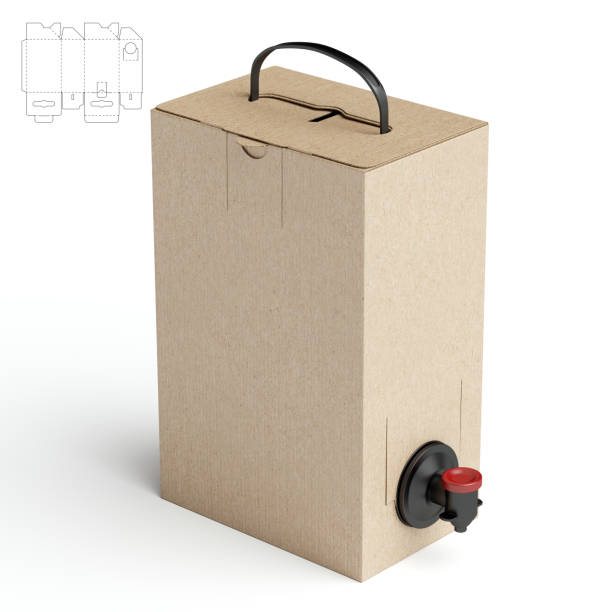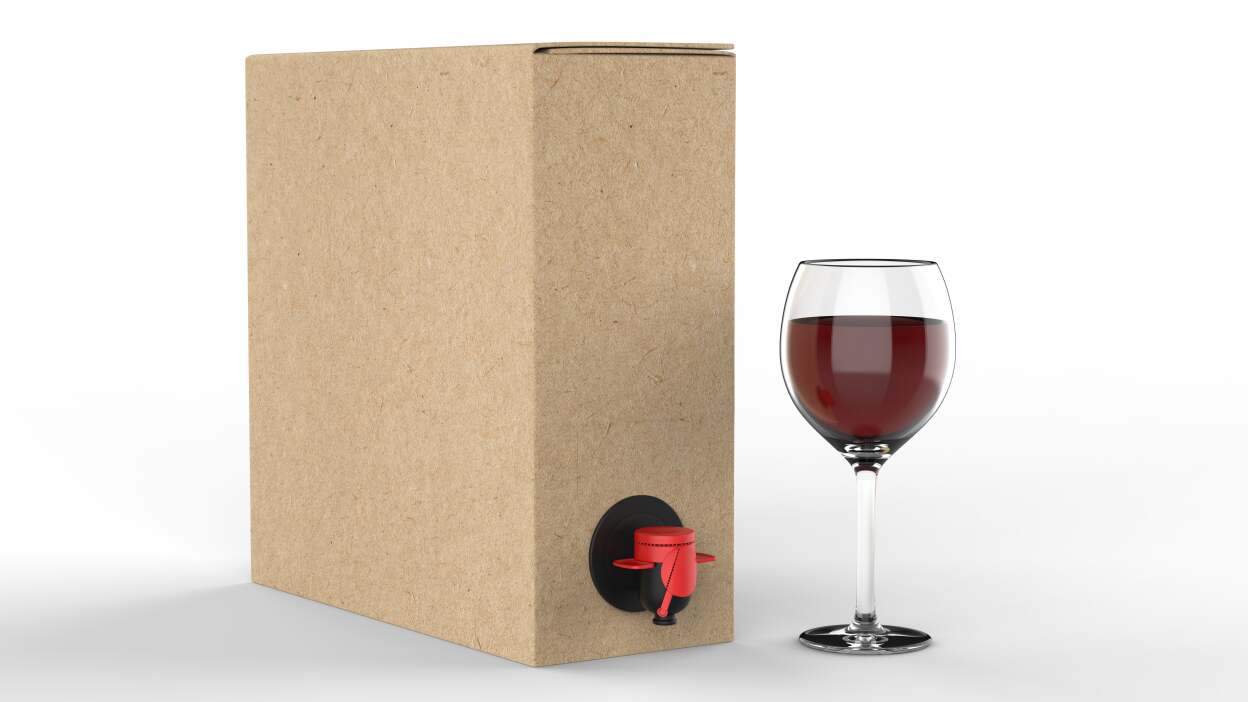Flexible liquid packaging is designed to accommodate a diverse range of liquids, including beverages, edible oils, pharmaceuticals, and industrial chemicals. Its flexibility allows it to conform to the volume and shape of the liquid, minimizing wasted space and offering an efficient and compact storage solution. Common forms of flexible liquid packaging include pouches, sachets, and stand-up pouches, catering to various consumer needs.
A standout feature of flexible liquid packaging is its lightweight and portable nature. In contrast to rigid containers that can be cumbersome and contribute to increased transportation costs, flexible packaging provides a lightweight alternative. This not only enhances convenience for consumers but also significantly reduces the environmental impact associated with transportation.
Advanced barrier technologies are often incorporated into flexible liquid packaging to protect the contents from external factors such as light, air, and moisture. This results in an extended shelf life for the packaged liquids, ensuring that consumers receive products that maintain freshness and quality for a longer duration. Preserving taste, nutritional value, and efficacy is particularly crucial in industries such as food and pharmaceuticals.
Flexible packaging offers ample space for branding and product information, enabling companies to create visually appealing designs and communicate essential details about their products. The ability to print vibrant graphics, logos, and product descriptions directly on the packaging enhances brand visibility and attracts consumer attention on crowded store shelves.
User-friendly dispensing features, such as spouts, nozzles, or resealable closures, are often incorporated into flexible liquid packaging. These features enhance the convenience of pouring, measuring, or dispensing liquids, making flexible packaging an ideal choice for on-the-go consumers. The ease of use aligns with evolving consumer lifestyles and preferences for convenience.



 中文简体
中文简体 英语
英语 西班牙语
西班牙语 俄语
俄语 葡萄牙语
葡萄牙语 法语
法语 德语
德语 意大利语
意大利语























